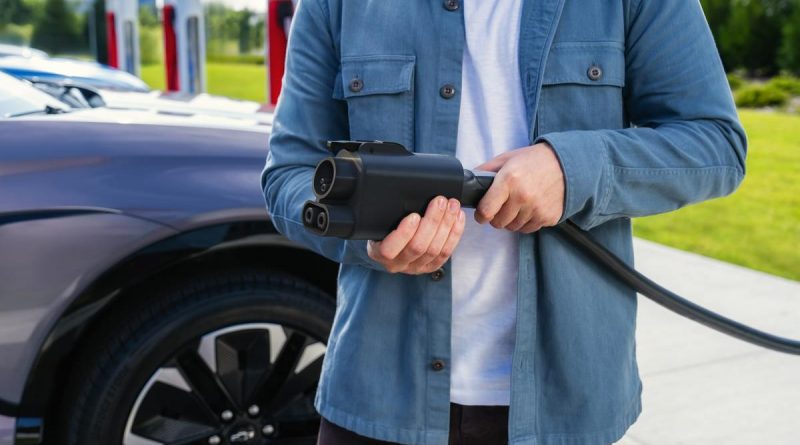Attention EV Owners: Get Ready for the Arrival of Dongles!
Nearly a year ago, GM launched an adapter that allows current electric vehicles to use North American Charging Standard plugs at Tesla Supercharger stations, providing great relief to EV owners.
Recently, GM introduced three more adapters to help customers access EV chargers with varying charging rates and standards. While this improves flexibility, it may create complications; a household with two EVs might now need four distinct adapters.
A few years back, most EV models in the U.S. adhered to the Combined Charging System (CCS) standard, with Tesla as a notable exception. In 2022, Tesla disclosed its charging connector and port design, known as the North American Charging Standard (NACS), to encourage its adoption among automakers and network operators, aiming to make it the new standard in North America.
This vision is now a reality. Today, almost all automotive manufacturers are providing adapters for access to Tesla Supercharger stations and are even incorporating the NACS design into their upcoming models.
“GM is fully committed to transitioning our entire EV lineup to NACS,” remarked Tim Ash, director of hardware products for GM Energy, during a conversation with TechCrunch. “We believe that embracing this unified standard enhances the experience for our customers.”
However, this transition has created a somewhat chaotic scenario — along with an abundance of adapters.
In addition to the existing NACS-to-CCS adapter for fast charging, GM plans to launch a NACS-to-J1772 adapter for Level 2 charging (J1772 relates to the CCS plug designed for slower charge rates). Future GM EVs with NACS ports will include a J1772-to-NACS adapter for Level 2 charging and a CCS-to-NACS dongle for fast charging.
TechCrunch event
San Francisco
|
October 27-29, 2025
These new adapters “guarantee that EV drivers — regardless of their vehicle’s charging type — can access virtually any charger when needed,” Ash emphasized.
This dilemma isn’t exclusive to GM. For example, Hyundai is promoting the 2025 Ioniq 5 EVs that feature NACS and come with two adapters: one for Level 2 and another for CCS fast charging. This highlights how the transition among EV charging standards can complicate public charging before improvements can be realized.
Currently, most charging sessions tend to avoid confusion, as the majority of EV charging occurs at home or work, where chargers are generally more consistent.
Nevertheless, public charging scenarios can quickly turn intricate. Drivers should think about carrying adapters in their vehicles to prevent feeling stranded or inconvenienced. Those with incompatible chargers at home may want to purchase duplicates for ease, although most adapters are priced above $200.
Automakers aren’t the only sources of the growing need for adapters.
CCS and NACS share enough commonality that simple dongles can function across both charging speeds, yet there are significant distinctions that complicate simplification. In NACS, electricity travels through two large pins irrespective of charging speed, while CCS uses one set of pins for Level 2 speeds and another for fast charging. Combining Level 2 and fast-charging capabilities into a single charger would likely necessitate advanced electronics, which could substantially inflate costs.
Discussions over new plug standards are not a recent occurrence. Apple has released iPhones with three different connector types, even before the device nears its 20th anniversary.
However, the pace of change in consumer electronics is far more rapid compared to the automotive sector, and the costs are significantly lower. The average smartphone owner spends between $500 and $1,000, upgrading every two to three years. Dongles are priced around $30. Your 12-year-old iPhone 4’s 30-pin dock cable? It’s long gone.
In contrast, replacing an average car or light truck is not nearly as straightforward. Prices have soared to nearly $50,000 for new vehicles, contributing to the reality that the average vehicle on U.S. roads is over 12 years old.
While automakers have initiated this transition, they don’t seem to be in a rush to complete it. So far, GM has confirmed only two EV models adopting the NACS charging standard: the 2026 Cadillac Optiq and the 2027 Chevrolet Bolt. The company has yet to outline a timeline for transitioning its remaining 12 EV models to the new standard.
In summary, be ready for the rollout of adapters. As Ash mentioned, “this transition will take time.”
The post Attention EV Owners: Get Ready for the Arrival of Dongles! appeared first on Wired24.



